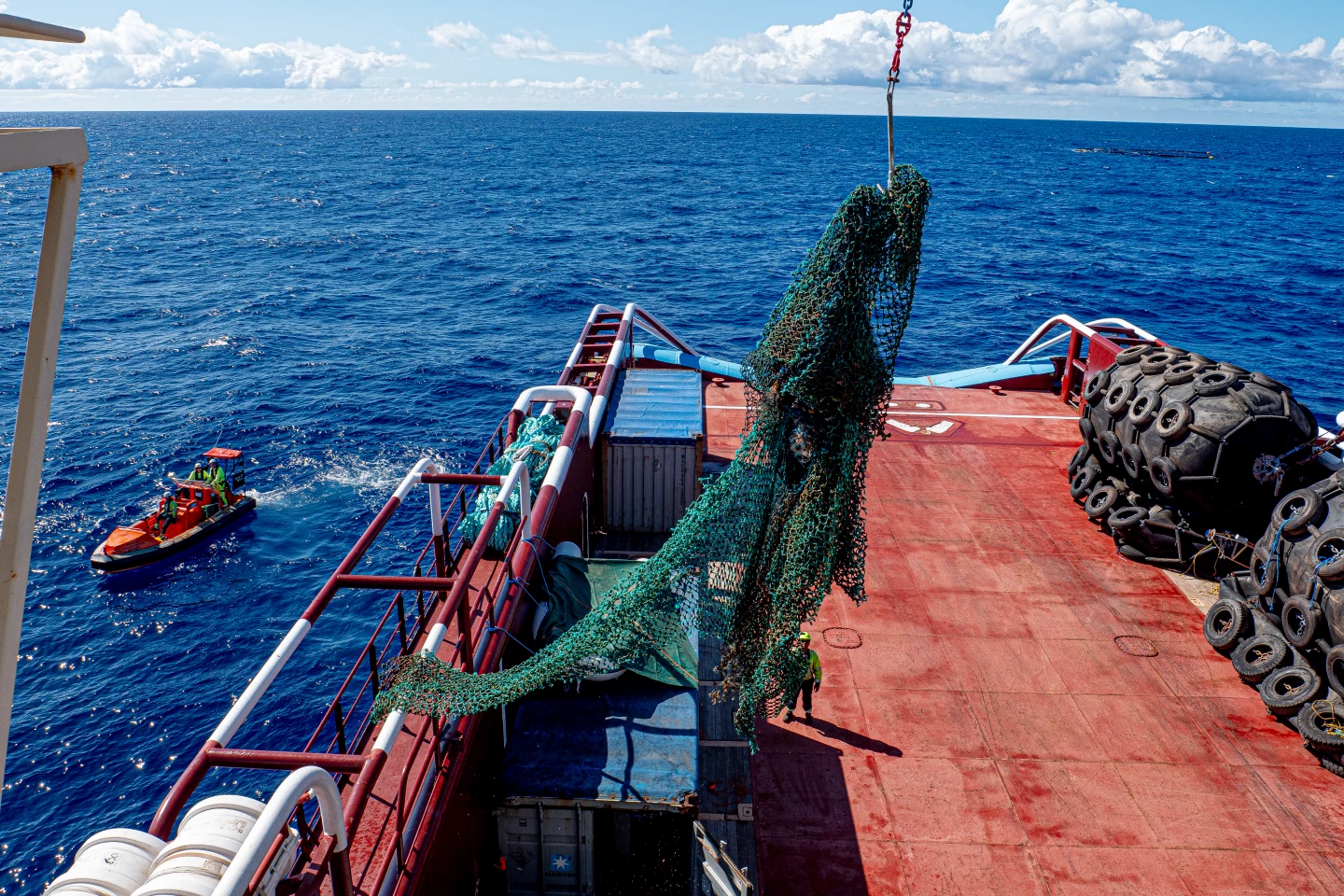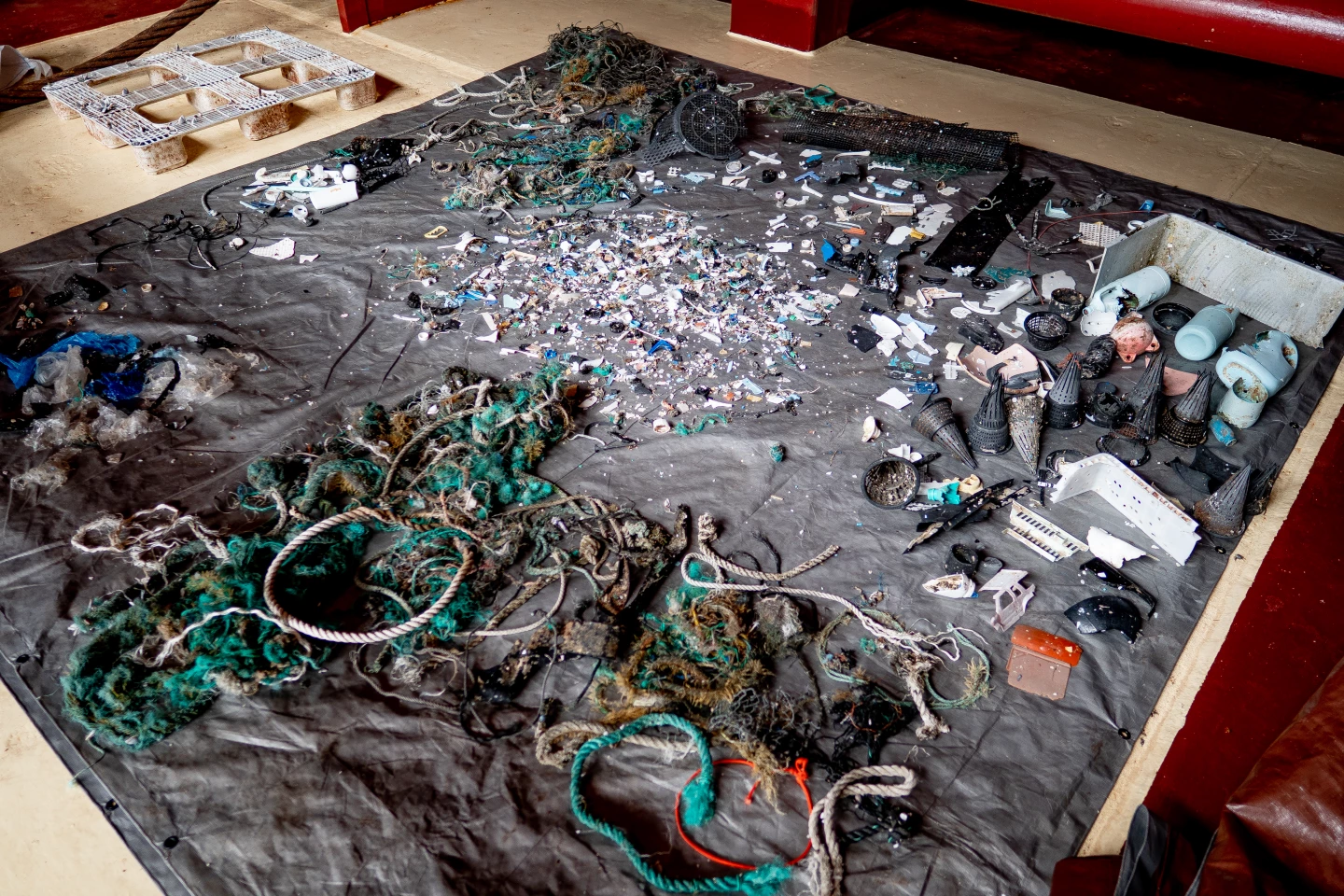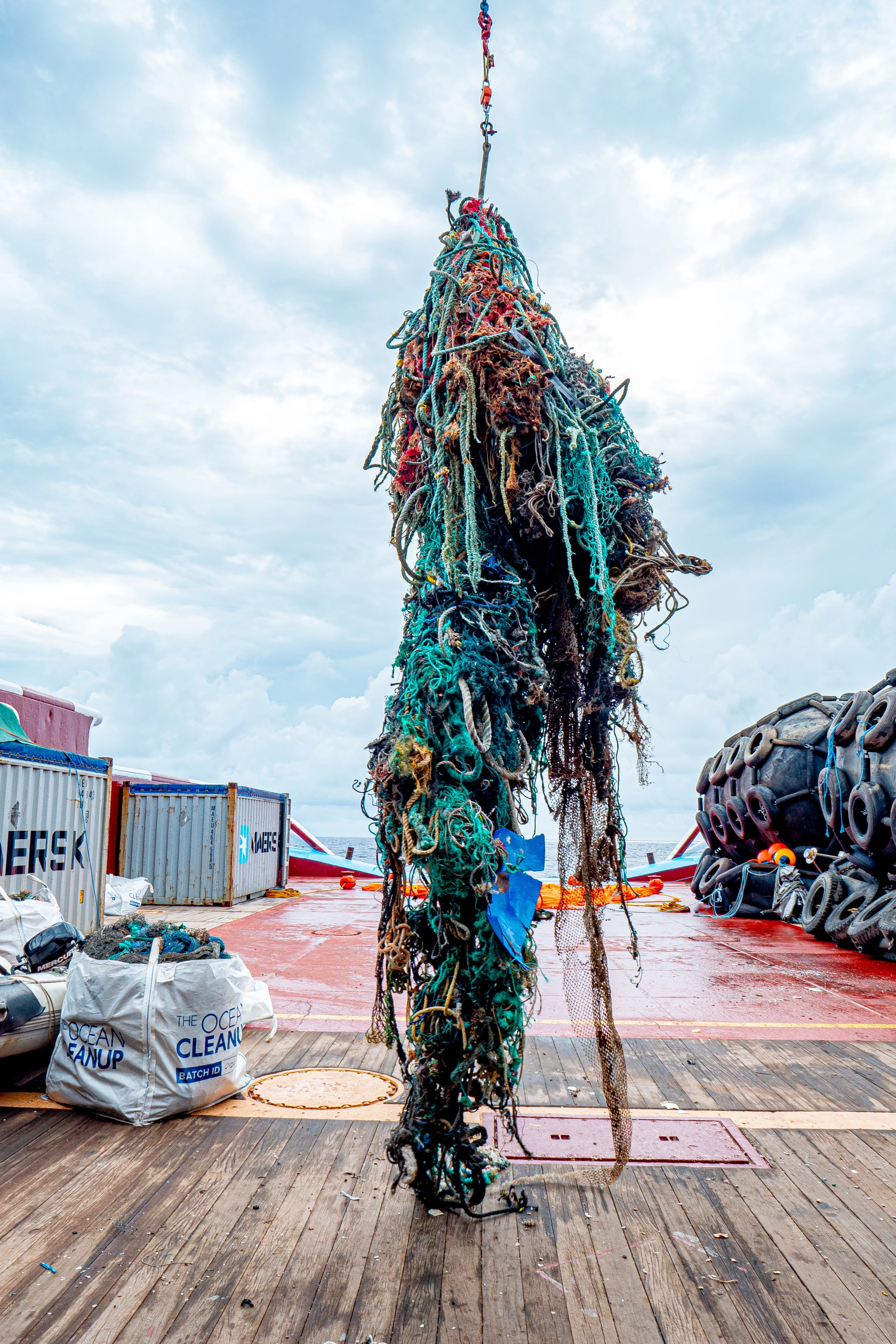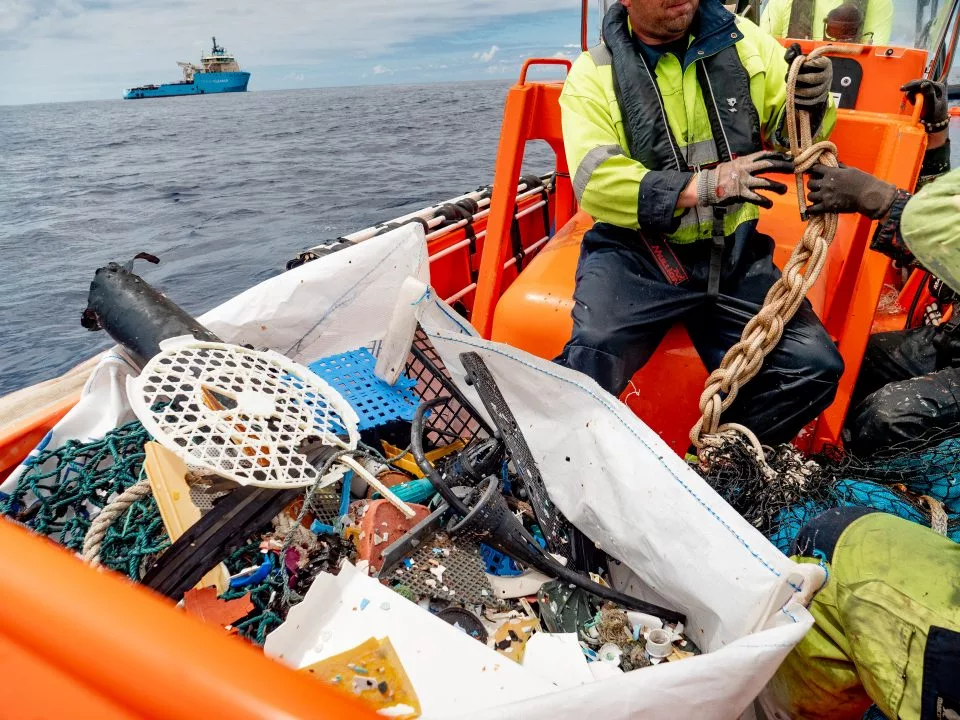It hasn’t been entirely smooth sailing, but The Ocean Cleanup is now calling an end to a first successful mission to collect plastic from the Great Pacific Garbage Patch, today showing off the pile of trash on the shores of Vancouver. The organization now plans to repurpose the recovered rubbish as plastic goods, with the profits to be funneled back into its cleanup operations, and preparations are already underway for its second-generation system.
The Ocean Cleanup first took to the Great Pacific Garbage Patch in October last year with the intention of collecting plastic waste with its huge floating booms. The system ruptured and had to be brought in for some repairs in January, before it was redesigned and redeployed mid-year. The team confirmed the barriers were successfully gathering trash in October.

The first proper foray into passive collection of ocean trash is now complete, with the team hauling the fruits of its labor back to base. The catch includes huge ghost nets and microplastics as small as a millimeter in size.
Recycling the plastic it recovered for use in plastic goods was always part of the team’s vision, and today it has expanded a little on these plans. It says this will be the first time that products will be made entirely out of ocean plastics, so the manufacturing process is likely to be tricky. In any case, if all goes relatively smoothly, it plans to use the trash to make “attractive, sustainable” products and begin selling them in September 2020.

“Welcoming the first catch of plastic on land is the moment we have been looking forward to for years,” says Ocean Cleanup CEO Boyan Slat. “I believe we can use this trash to turn a problem into a solution by transforming this unique material into a beautiful product. As most people will never go to the Great Pacific Garbage Patch, through these products, we aim to give everyone the opportunity to take part in the cleanup.”
The Ocean Cleanup says the profits from these products will be used to fund its ongoing cleanup operations. With this first mission a success, it is already working on building and deploying an even larger version of its trash-catching booms, System 002. This will be full-scale, able to collect more trash and hold it more securely.
Source: The Ocean Cleanup









